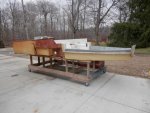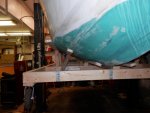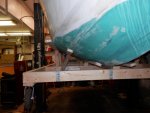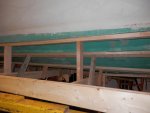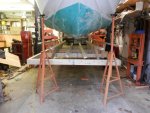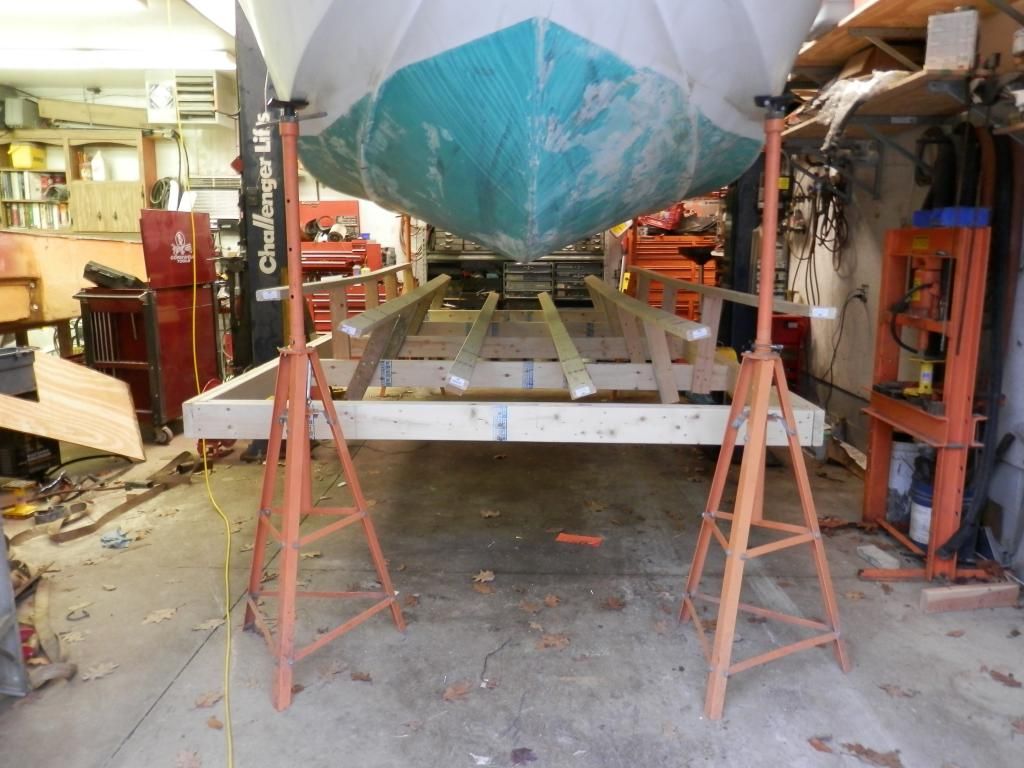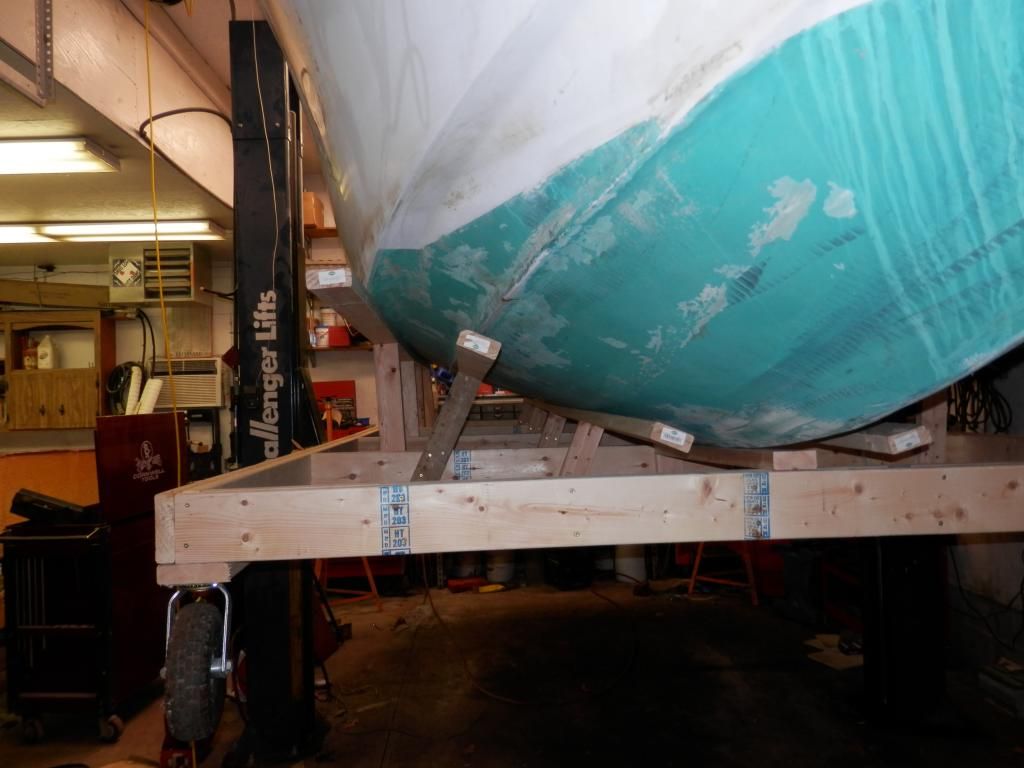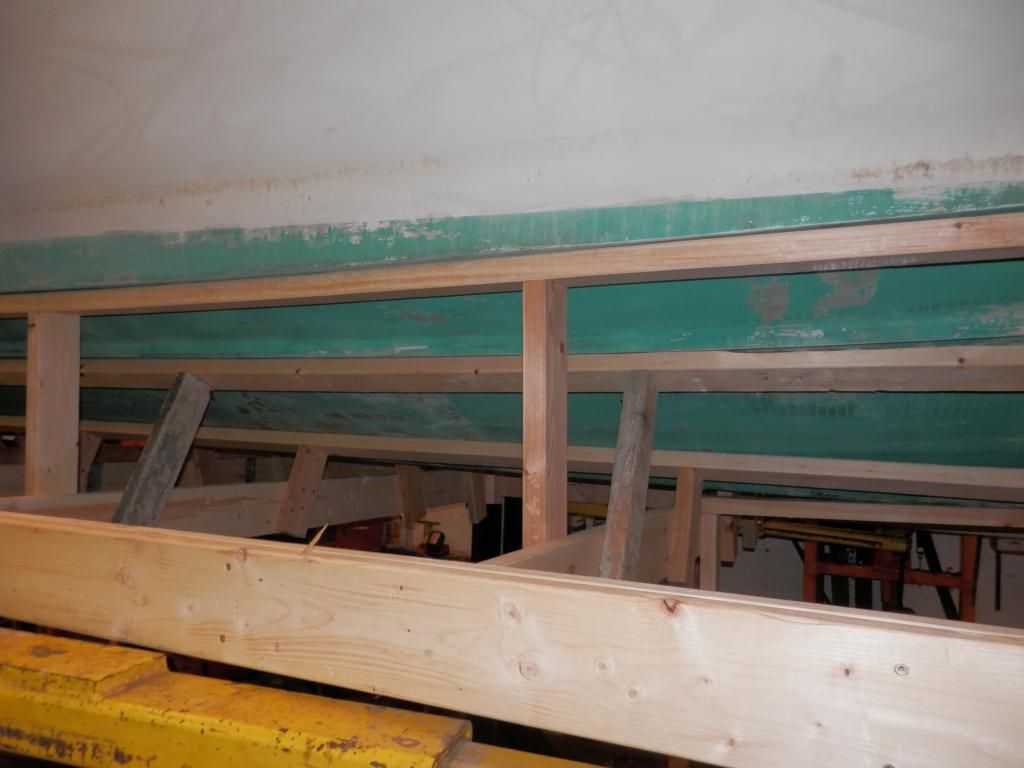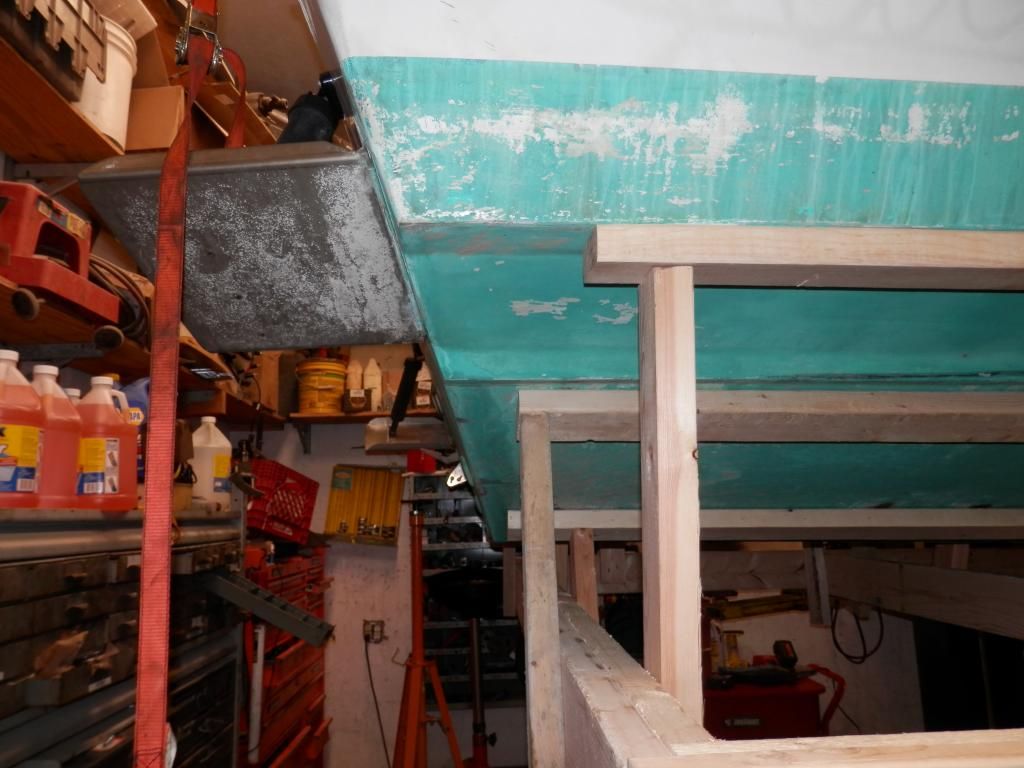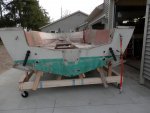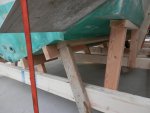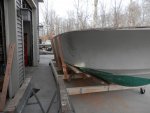jc55
Senior Chief Petty Officer
- Joined
- Nov 3, 2006
- Messages
- 665
I guess you'll want to hone in on specific motors. Are you buying new? If you are, your choices become unlimited. (Twin Suzuki 115's would be awesome for weight (401lbs), cost, and reliability). But as I just researched, there's many pros and cons with twin motors. That's why I chose single 
You might even research on how moving your tank and batteries forward can change your center of gravity. I found a formula online that helped me figure out that moving 90lbs of batteries forward 9 ft., moved my center of gravity forward 2".
Your transom will handle it. I've seen quad Yamaha 350's on erie. Those dual layer 3/4" transoms will handle 900lbs. I'm weird anyways and would add a third layer and beef up the stringers but totally overkill. Although Stratos doesn't seem very common in that config, you can usually find these types of boats in twin and single configurations.
You might even research on how moving your tank and batteries forward can change your center of gravity. I found a formula online that helped me figure out that moving 90lbs of batteries forward 9 ft., moved my center of gravity forward 2".
Your transom will handle it. I've seen quad Yamaha 350's on erie. Those dual layer 3/4" transoms will handle 900lbs. I'm weird anyways and would add a third layer and beef up the stringers but totally overkill. Although Stratos doesn't seem very common in that config, you can usually find these types of boats in twin and single configurations.




















